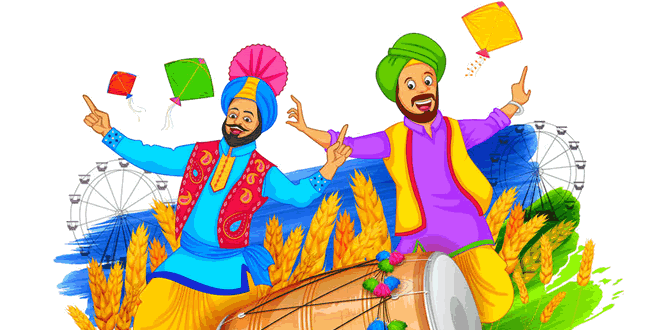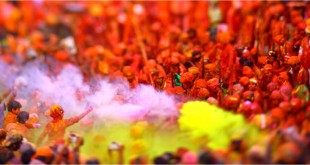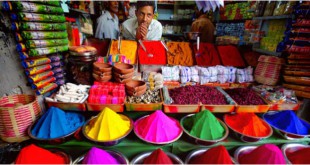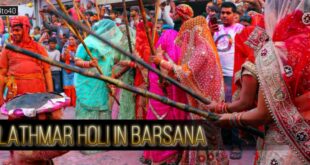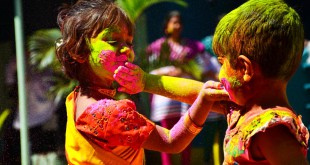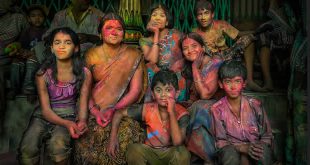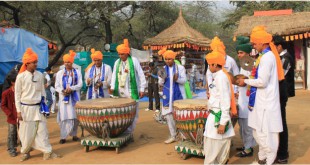These five were then administered ‘Khande di Pahul’ (the double-edged Sword Amrit). They were then knighted as Singhs, as the Five beloved ones, the first members of the Order of the Khalsa. The Guru then asked them to administer the Pahul to him in the same manner in which he had given the Pahul to them, and it was done so.
With the creation of Khalsa, the Khalsa created history and since the birth of Khalsa, the history of Punjab has been the history of Sikhs. Baisakhi played a significant role in this regard. In 1762, Ahmed Shah Abdali, with the sole purpose to destroy the entire Sikh nation, declared ‘Jehad’ (holy-war) against the Sikhs and all the Muslims of the Punjab rallied under this slogan. The Sikhs were surrounded near the village Kup in Ludhiana District. Chronicles mention that about twenty thousand Sikhs were martyred in a single day. This event is known in the history of the Sikhs as “Ghallughara” (Bloody Carnage). After this, Ahmed Shah Abdali thought that he had crushed the entire Sikh nation, but was greatly disillusioned when after a few months heard that the Sikhs in large number are celebrating Baisakhi at Amritsar. In due course of time Baisakhi reminds every Sikh of his cultural and religious heritage. On Baisakhi day all the Sikhs used to assemble at Amritsar and decide their problems relating to politics and religion. This convention still goes on.
The celebrations of Baisakhi are similar to the three-day schedule of the the celebrations of other Gurpurabs. It is generally celebrated on 13th April every year.
 Kids Portal For Parents India Kids Network
Kids Portal For Parents India Kids Network
